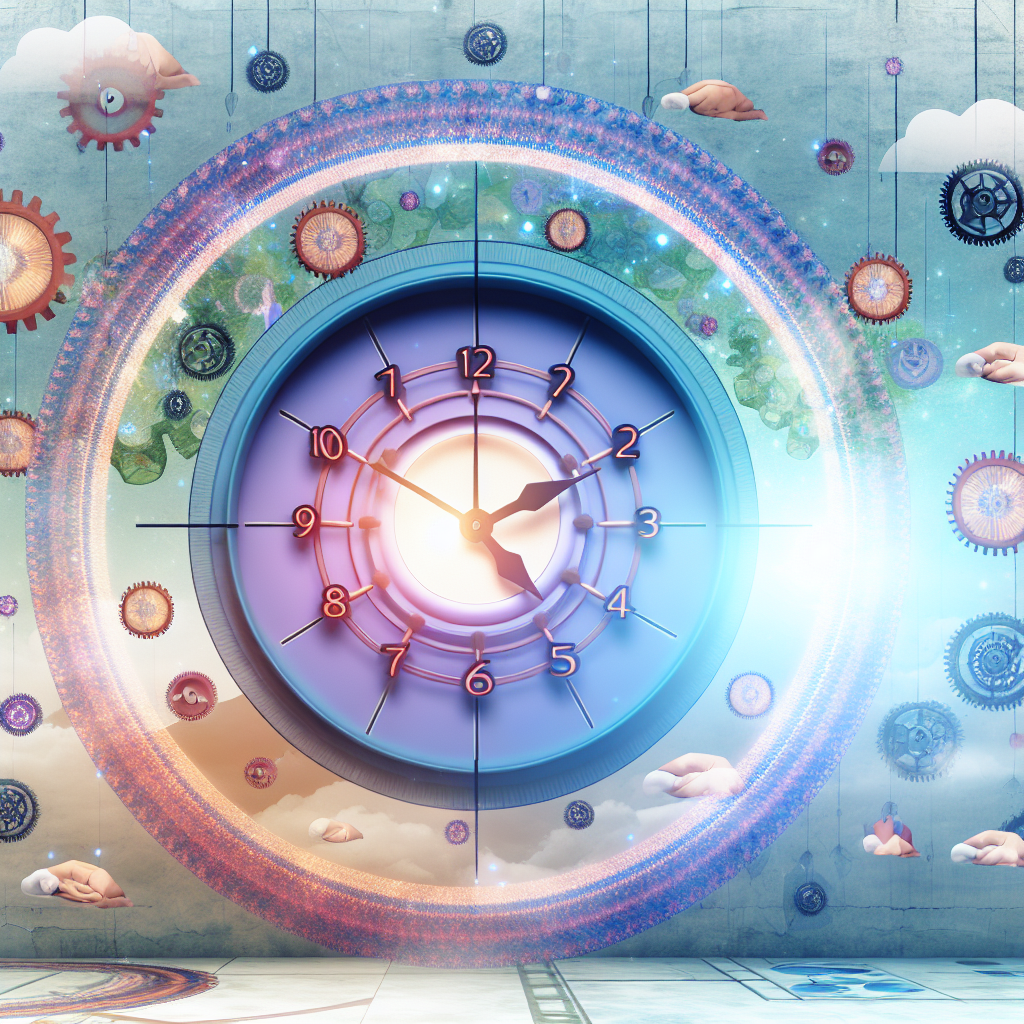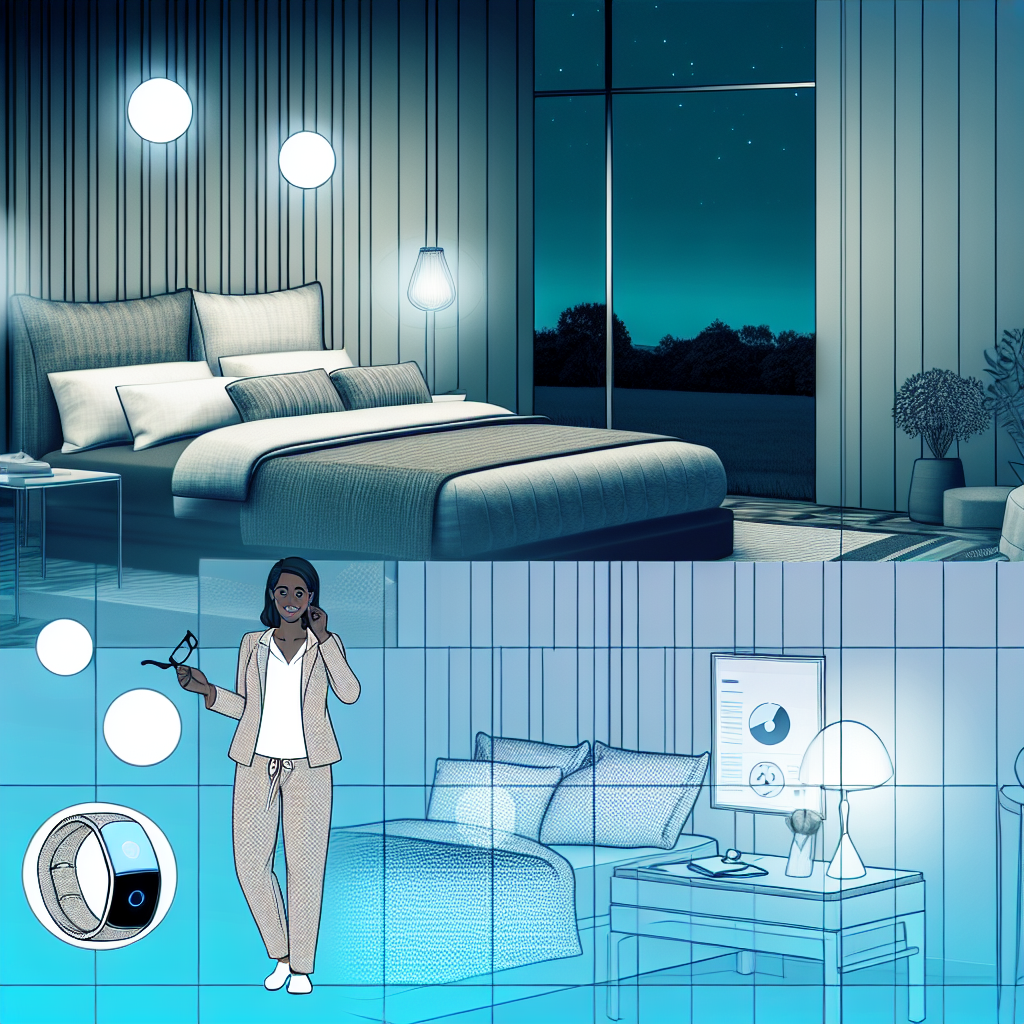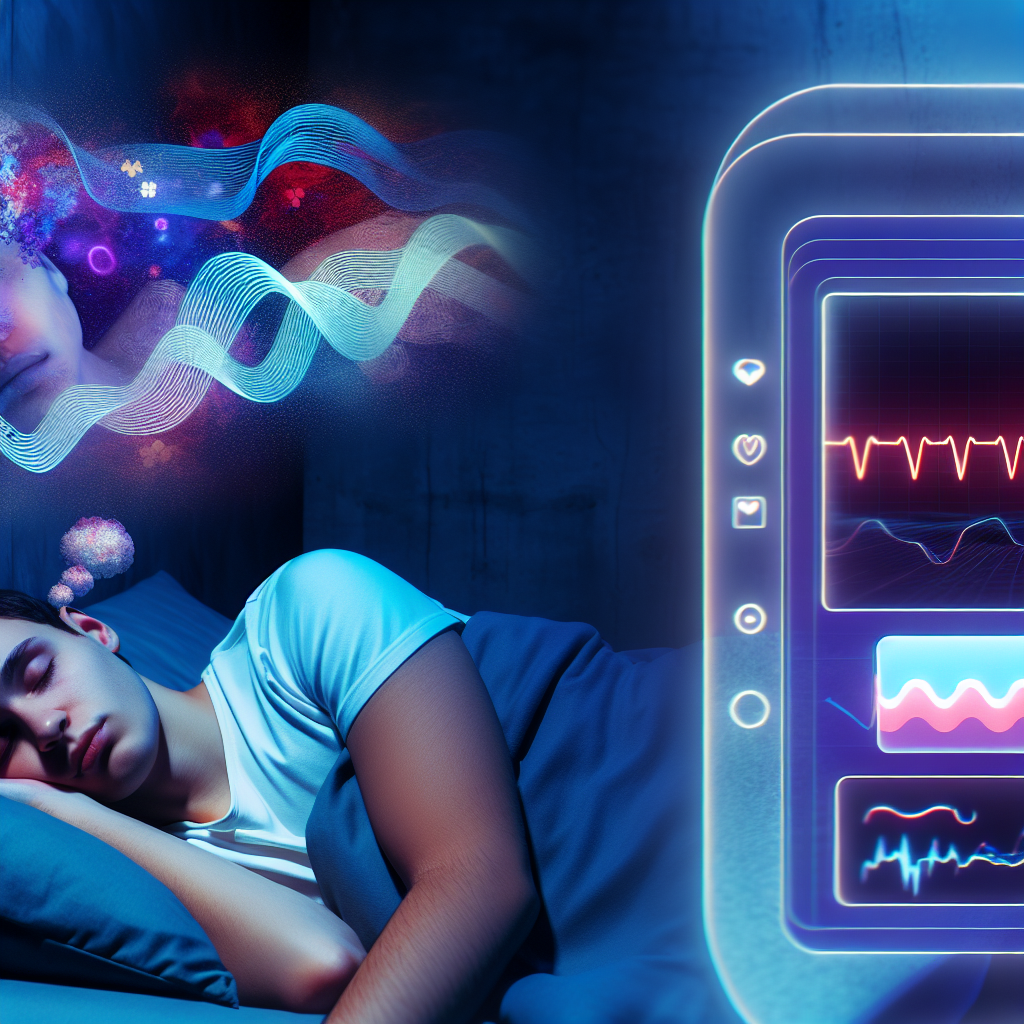# Multi-Night Sleep Phenotyping: The Future of Personalized Sleep Solutions
Unlocking the Future of Sleep: Why One Night Isn’t Enough
In today’s ever-evolving landscape of sleep science, researchers and clinicians alike are increasingly moving toward more sophisticated, data-driven approaches to improve sleep health. One of the most promising advancements is multi-night sleep phenotyping, a process that uses algorithmic pattern recognition to create personalized sleep solutions.
Unlike traditional sleep assessments, which typically rely on single-night polysomnography (PSG) or generalized sleep hygiene recommendations, sleep phenotyping examines sleep behavior over multiple nights. By utilizing artificial intelligence and machine learning, this cutting-edge methodology offers a tailored approach to each individual’s unique biological and behavioral sleep patterns.
Sleep is not a one-size-fits-all phenomenon. While clinical benchmarks such as sleep efficiency, REM latency, and slow-wave sleep (SWS) provide some insights, they don’t capture how sleep can fluctuate night to night. These variations may result from factors such as chronotype, stress, lifestyle habits, or environmental conditions.
Multi-night sleep phenotyping evaluates this complexity using wearable technology or contactless biosensors. These tools collect massive amounts of data—such as movement, respiration, heart rate variability, and arousals—that are then algorithmically processed to detect recurring patterns and anomalies.
In a world where we tailor everything from diets to exercise routines, why not customize sleep too? Broad advice like “get eight hours of sleep” may work for some, but others may thrive with six hours of high-efficiency rest or require more due to longer REM cycles. With algorithmic sleep phenotyping, individuals finally get sleep advice that’s as unique as they are.
The significance of this field continues to grow as we realize how crucial sleep is for physical health, mental clarity, and emotional well-being. As remote monitoring tools become more widespread, multi-night sleep phenotyping is positioned at the cutting edge of personalized healthcare.
What the Science Says: Research Validating Multi-Night Sleep Tracking
Recent studies confirm the power and promise of multi-night sleep phenotyping. A key study funded by the National Institutes of Health (NIH) illustrated that single-night data isn’t enough for accurate diagnosis. Significant variability in individuals’ sleep architecture was found night-to-night, and without multi-night insights, treatments can miss their mark.
In contrast, assessments taken over several nights provide a holistic view and more reliable health predictions.
A standout example is the Sleep Heart Health Study, a large-scale project that used wearable devices and in-home monitors to gather data nightly. Through algorithmic modeling, the study identified crucial sleep phenotypes—patterns in sleep stages recurring across several nights—that showed significant correlations with conditions like hypertension, type 2 diabetes, and cognitive decline. These phenotypes offered more robust predictions than single-night PSG results.
Another notable piece of research, published in the journal *Sleep* in 2022, demonstrated how machine learning can classify people into sleep phenotype clusters using multi-night data. These clusters included:
– “Long Sleepers”
– “Short Fragmented Sleepers”
– “REM-Deficient Sleepers”
Interestingly, each of these groups responded differently to sleep interventions. Cognitive Behavioral Therapy for Insomnia (CBT-I) worked well for some phenotypes, while others benefited more from melatonin or prescription sleep aids. This clearly signals the inadequacy of uniform treatment protocols.
Technological tools driving these insights include devices like the Oura Ring, Actiwatch, and Withings Sleep Analyzer. These gadgets employ validated sensor technology to continuously monitor biomarkers and send data to cloud-based analytics platforms. From there, machine learning algorithms parse the data into actionable sleep profiles.
Even major institutions are getting on board. The European Sleep Research Society recently recommended using multi-night assessments to better diagnose sleep disorders like insomnia and obstructive sleep apnea (OSA). This industry shift confirms the growing consensus: long-term monitoring leads to better, more personalized outcomes.
Personalized Sleep Solutions: Real-World Applications of Phenotyping
The real power of multi-night sleep phenotyping lies in its application. For example, someone with a delayed sleep phase—often going to bed at 2 a.m. and waking at 10 a.m.—might benefit immensely from light therapy tailored to their circadian rhythm. Another individual, identified as a fragmented sleeper, may need targeted behavioral interventions to minimize nighttime awakenings rather than a generic sedative prescription.
By recognizing sleep as a deeply personal physiological behavior, clinicians can leverage phenotyping to create smarter treatment plans. These are no longer just based on averages or norms but tailored to your actual sleep data over time.
Think of it this way: Would you diet based on what works for most people? Or would you rather follow a plan designed for your metabolism, activity level, and health status? The same logic now applies to sleep.
Conclusion: Embracing a New Era of Precision Sleep Medicine
Multi-night sleep phenotyping is transforming the way we understand and manage sleep. By capturing sleep variations over multiple nights using wearable and contactless technologies—and analyzing them through advanced algorithms—we’re finally unlocking the door to truly personalized sleep care.
This methodology recognizes that sleep is dynamic, and so should be our approach to improving it. As research continues to highlight sleep’s vital role in everything from heart health to mental sharpness, the adoption of multi-night phenotyping could revolutionize how we sleep—starting tonight.
Whether you’re a teenager pulling all-nighters, a busy working parent, or a senior looking to improve sleep quality, understanding your personal sleep phenotype could be the missing piece to waking up healthier and happier.
References
– National Institutes of Health. (2020). “The importance of multi-night monitoring for accurate diagnosis of sleep disorders.”
– Sleep Heart Health Study. (2021). “Characterizing sleeping patterns over time for health prediction.”
– European Sleep Research Society. (2022). “Guidelines for Home Sleep Monitoring using Multi-Night Phenotyping.”
– Journal Sleep (2022). “Classification of Sleep Phenotypes Using Machine Learning on Multi-Night Data.”
– Oura Ring. (2023). “Clinical Validity and Night-to-Night Reliability in Sleep Tracking.”
Concise Summary:
Multi-night sleep phenotyping uses advanced technologies and machine learning algorithms to analyze an individual’s sleep patterns over multiple nights, providing a more personalized and accurate approach to understanding and improving sleep health. This cutting-edge methodology has been validated by research and is poised to revolutionize the field of precision sleep medicine.

Dominic E. is a passionate filmmaker navigating the exciting intersection of art and science. By day, he delves into the complexities of the human body as a full-time medical writer, meticulously translating intricate medical concepts into accessible and engaging narratives. By night, he explores the boundless realm of cinematic storytelling, crafting narratives that evoke emotion and challenge perspectives.
Film Student and Full-time Medical Writer for ContentVendor.com




